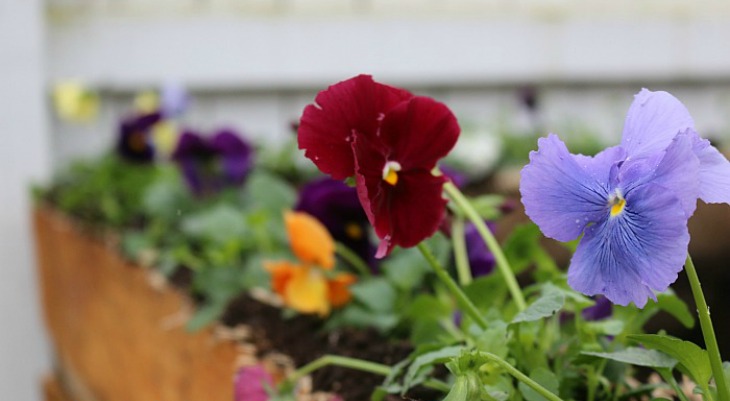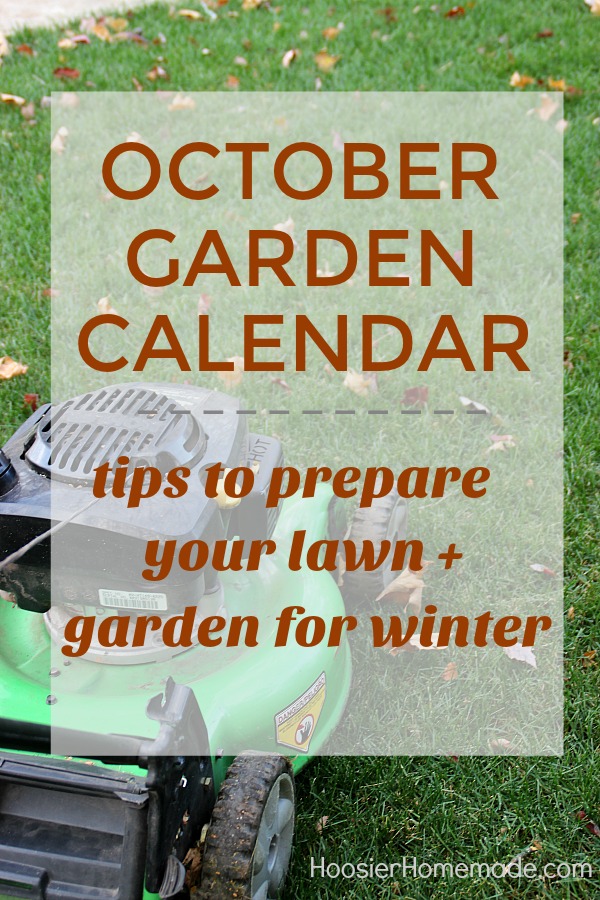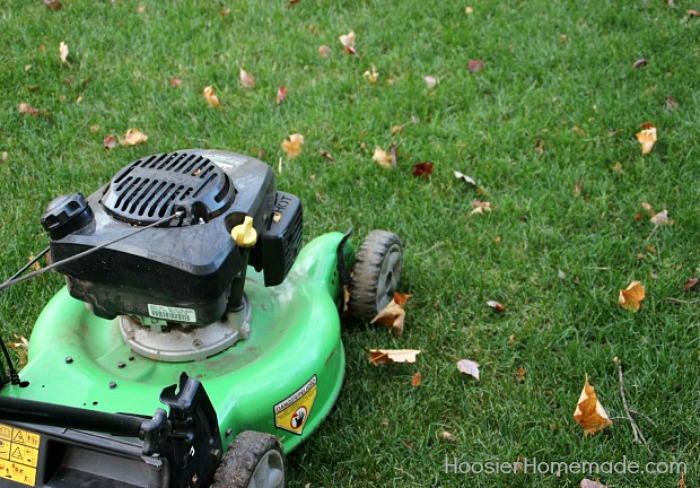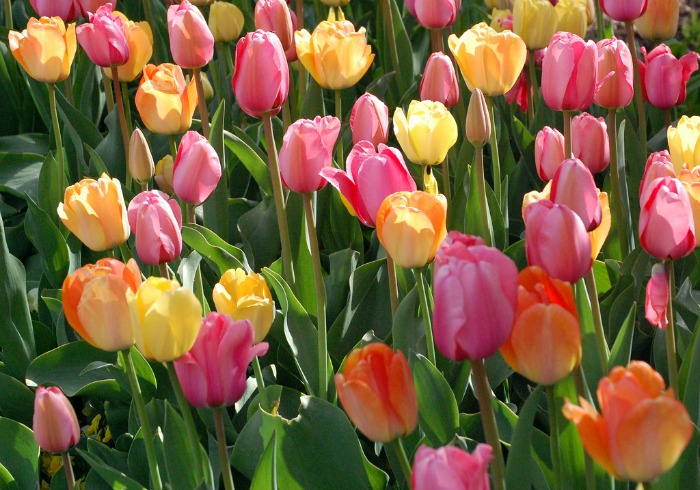Garden Calendar for October

Well we’ve made it through another growing season and the lawn and landscaping looks great!
The Garden Calendar for October is all about preparing your property for the coming winter season. You’ll be spending more time on the landscape than the lawn or the garden but there will be plenty of variety to keep you busy Click here for your FREE garden and landscape journal- the first step to gardening success!.
I have been taking care of our garden for a long time. And over the years I have made notes to myself of what to do each month. This list is for our Hardiness Zone 5 garden, but many of you will find that the items need to be done no matter where you reside.
The 3 areas we will focus on are your lawn, landscape and garden and exactly what you need to be doing.
Lawn
- Lower the blade As the temperatures cool you should be lowering the blade on the lawn mower. This may be the month that you stop mowing but the last time you mow should be quite short. Long grass going into winter can lead to snow mold next spring.
- Rake/Mulch leaves Rake up and remove or mulch fallen leaves. Shred them to add to your compost pile or mulch them in place.
Landscape
- Plant bulbs Finish planting spring blooming bulbs by mid October.
- Divide bulbs Divide summer and fall blooming bulbs after the foliage has yellowed.
- Lift tender bulbs Dig dahlias, cannas and begonias. Wait for the foliage to yellow and store.
- Prune damaged wood Remove any dead or damaged tree and shrub limbs from summer storms.
- Plant trees You can still plant container grown or balled and burlap trees and evergreens in early October. Make sure you water them well to help them establish roots before the soil freezes.
- Water evergreens Deep water your evergreens right up until the ground freezes.
- Water shrubs and trees Keep watering shrubs and trees in the fall. Plants that keep growing late into autumn, like rhododendrons, azalea, boxwood and holly, are susceptible to early freeze damage. Keeping them well watered until the ground freezes will help them stave off damage.
- Protect trunks Young tree trunks and shrubs should be protected from damage by animals. For trees, slit plastic sleeves are available at garden centers or online. To protect young shrubs wrap chicken wire around them supporting the wire with wood stakes.
- Mulch Apply a thick 3 inch layer of mulch around plants after the ground freezes. This helps limit frost heaving of your plants caused by freeze-thaw cycles.
- Protect tender roses Prepare your winter rose protection to put in place when the ground freezes.
- Clean out containers A the first killing frost dispose of the plants and soil by adding to your compost pile. Store cleaned containers under cover so they will be ready next spring.
- Cut back perennials Ideally, perennial foliage should be left over winter to give perennials extra protection. But if you prefer neat garden beds, you may cut back perennials after a hard freeze.
- Feed the vegetable beds Dig compost or manure into the vegetable beds. You can dig shredded leaves into the beds too.
- Dig a new bed Start a new garden bed in autumn when you are not so busy with spring chores.
- Start another compost Shred your fall leaves and garden waste to start another compost pile.
- Clean up fruit Clean up and remove any fallen fruit. Decaying fruit will harbor pests and disease.
- Store hoses Drain garden hoses and sprinklers and store for the winter. Shut off water to the outside spigots if you can.
- Store garden chemicals Chemicals and sprays should be stored in a secure area over 40 degrees.



